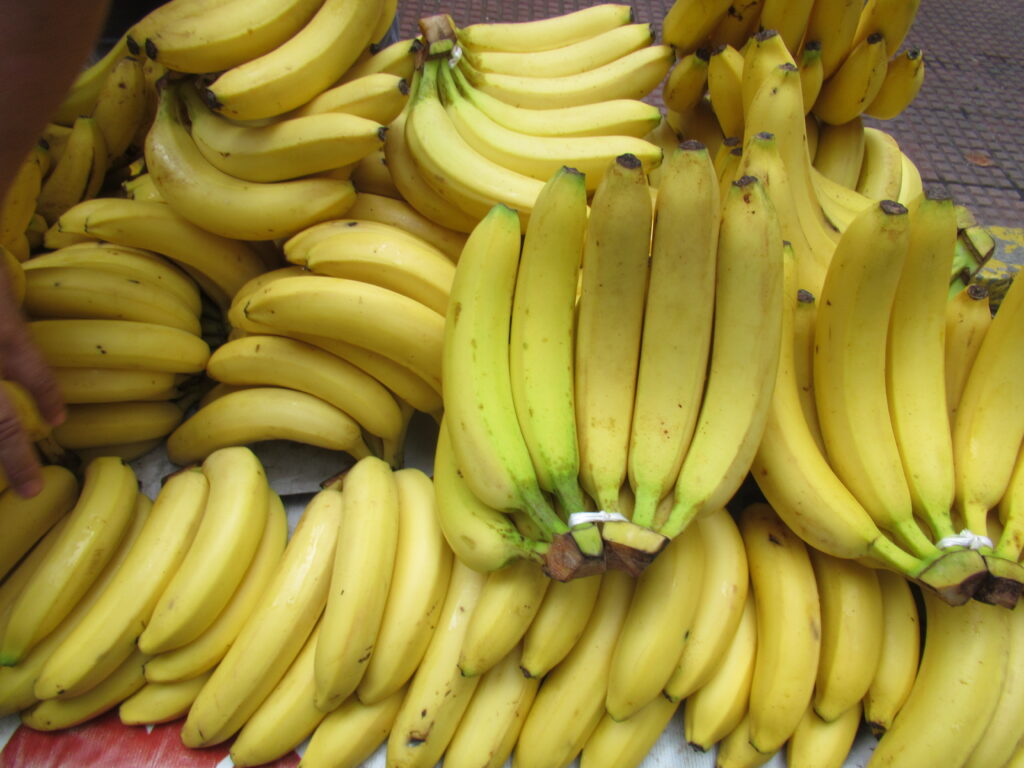Imagine a world without bananas. It seems almost unthinkable, doesn’t it? Yet, this scenario is a looming reality due to a devastating plant disease known as Panama Disease. This fungal plague is stealthily spreading across the globe, threatening to wipe out one of the most beloved fruits. Bananas are not just a staple in many households; they are a vital source of nutrition and income for millions worldwide. The race is on to combat this fungal foe before it’s too late. The story of Panama Disease is not just a tale of agricultural crisis but a reminder of the delicate balance between nature and human sustenance.
The Origins of Panama Disease
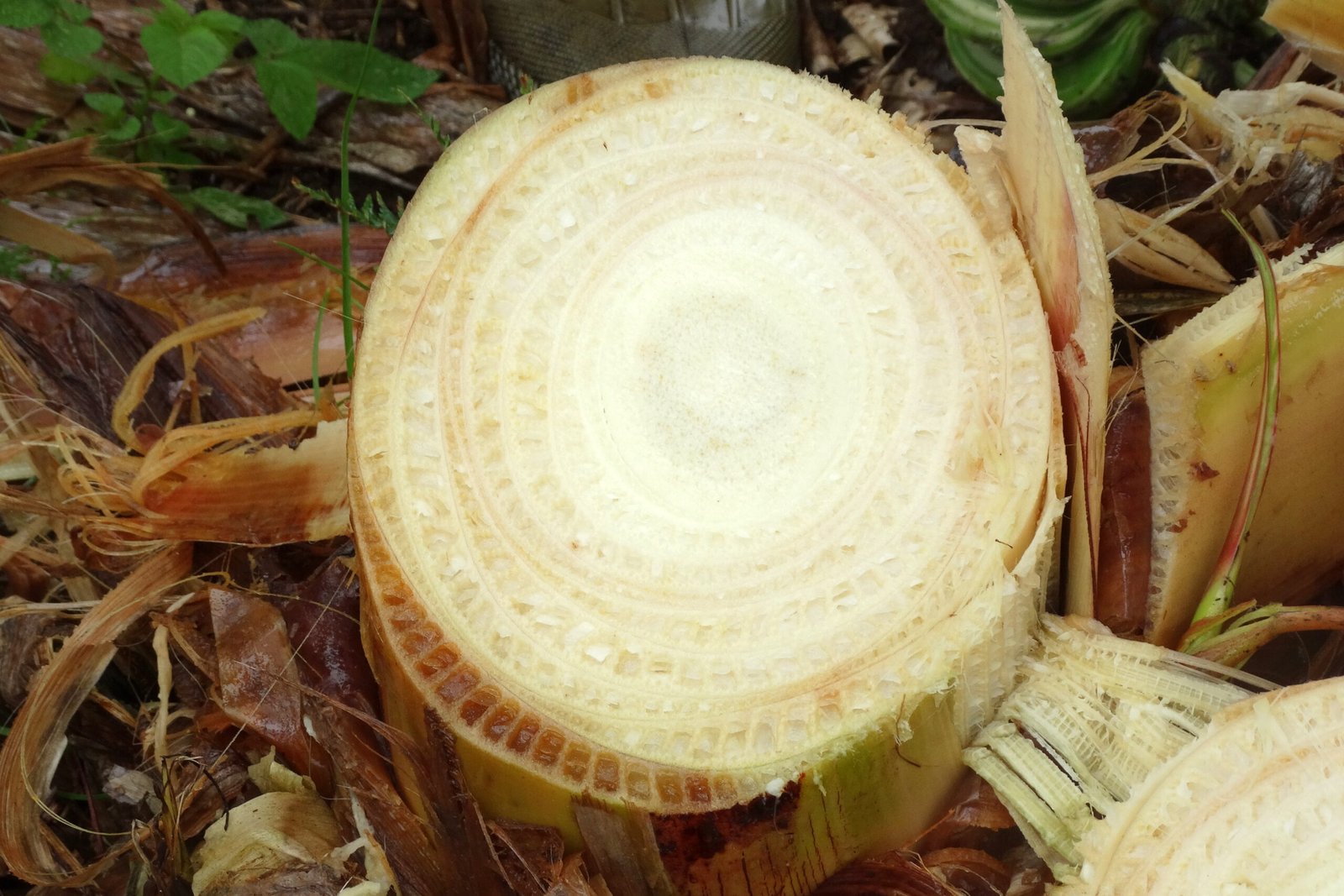
Panama Disease, scientifically known as Fusarium wilt, first made its presence known in the early 20th century. It emerged in Central America, specifically in Panama, which is how it got its name. The disease is caused by a soil-borne fungus called Fusarium oxysporum f.sp. cubense. This fungus infects the banana plant’s vascular system, essentially choking it from within. As the disease progresses, the plant wilts, turns yellow, and eventually dies. The origins of this disease are a testament to how a seemingly small fungal organism can wreak havoc on a global scale.
The Impact on the Gros Michel Banana
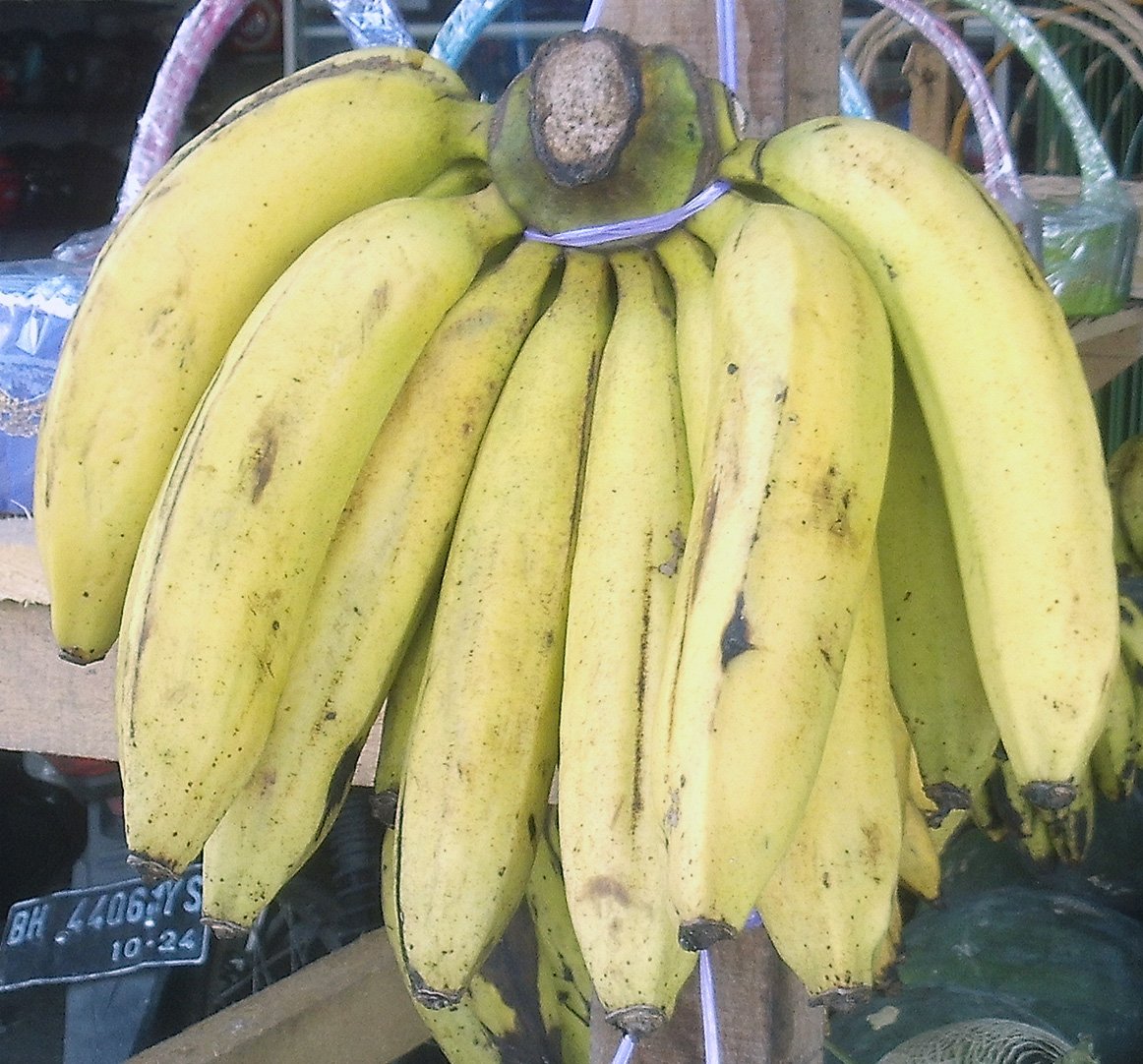
In the early 1900s, the Gros Michel banana was the reigning king of the banana world. Its sweet taste and robust nature made it a favorite among consumers. However, Panama Disease had other plans. The disease spread rapidly, devastating plantations and wiping out entire crops. By the mid-20th century, the Gros Michel was nearly extinct in commercial production. This event forced banana producers to switch to the Cavendish variety, which was resistant to the initial strain of the fungus. The Gros Michel’s downfall serves as a stark reminder of the vulnerability of monoculture farming.
The Rise of the Cavendish Banana
Enter the Cavendish banana, the new star of the fruit aisle. After the Gros Michel’s demise, the Cavendish variety became the go-to banana for producers. It was resilient to the original strain of Panama Disease and quickly became the world’s most popular banana. However, this success story is now under threat. A new strain of the fungus, known as Tropical Race 4 (TR4), has emerged, and the Cavendish is not immune. The rise of the Cavendish banana highlights the perpetual battle between agriculture and evolving plant diseases.
The Spread of Tropical Race 4
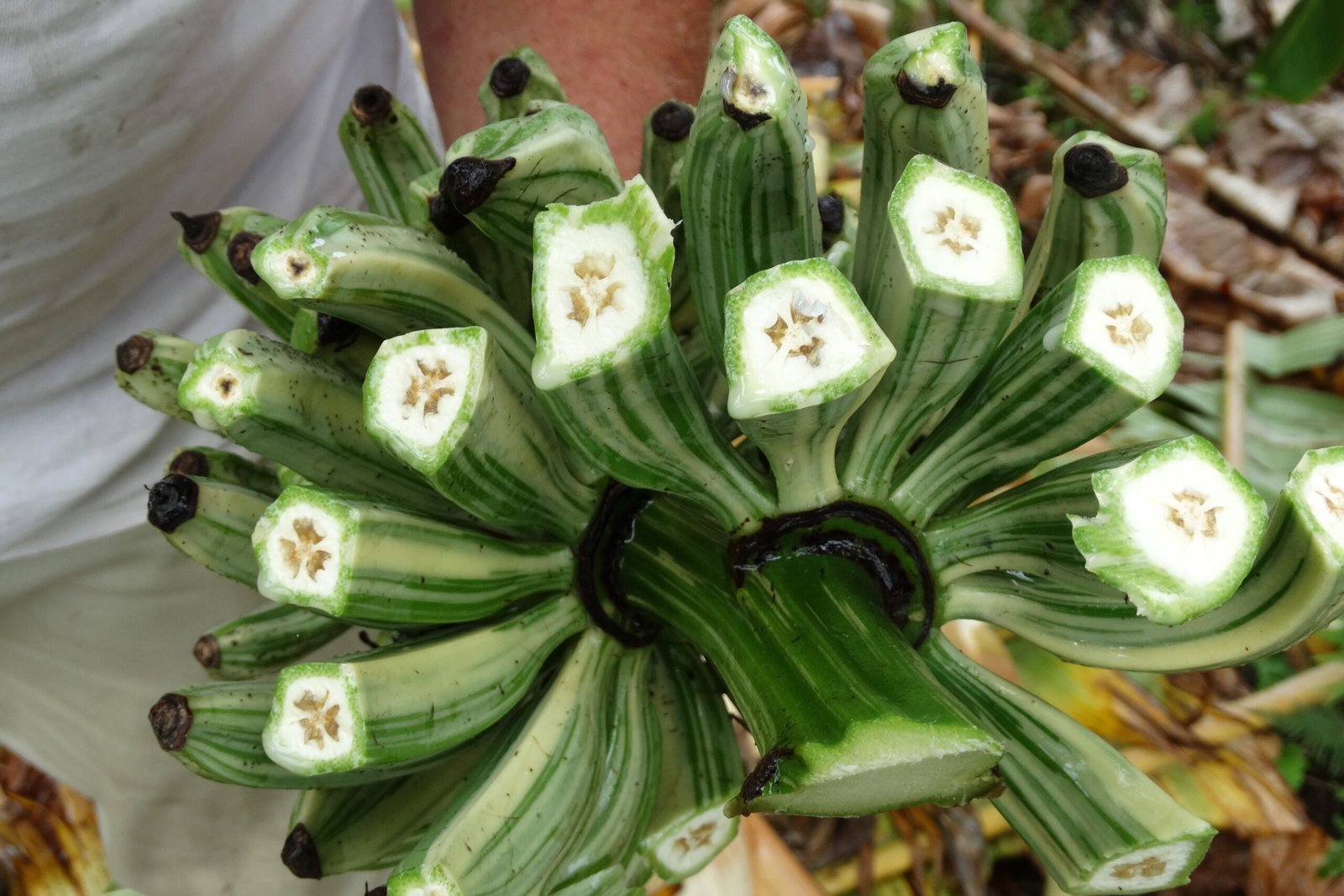
Tropical Race 4 is a formidable adversary. It first appeared in Taiwan in the 1990s and has since spread to Asia, the Middle East, Africa, and Australia. This strain is more aggressive and has a broader host range than its predecessor. The fungus can persist in the soil for decades, making eradication nearly impossible once it takes hold. The spread of TR4 is a global concern, as it threatens not only the Cavendish but also other banana varieties. Its relentless march across continents underscores the urgent need for international cooperation and innovative solutions.
The Economic and Social Consequences
The impact of Panama Disease extends beyond the fields. Bananas are a major export for many countries, providing livelihoods for millions of farmers. The loss of banana crops can devastate economies, particularly in developing nations. For families dependent on banana farming, the disease means loss of income, food insecurity, and increased poverty. The social consequences of Panama Disease are profound, affecting not just farmers but entire communities. The economic ripple effect of this fungal plague is a stark reminder of the interconnectedness of global agriculture and local livelihoods.
Scientific Efforts to Combat the Disease
Scientists around the world are racing against time to find a solution to Panama Disease. Research efforts are focused on developing resistant banana varieties through traditional breeding and genetic engineering. Some researchers are exploring the potential of using beneficial microbes to suppress the fungus in the soil. Additionally, quarantine measures and improved agricultural practices are being implemented to prevent the spread of the disease. The scientific community’s efforts highlight the importance of innovation and collaboration in tackling global agricultural challenges.
The Role of Genetic Modification

Genetic modification offers a promising avenue for combating Panama Disease. By introducing resistance genes into banana plants, scientists hope to create varieties that can withstand the fungus. However, genetic modification is not without controversy. Concerns about the safety and ethics of genetically modified organisms (GMOs) persist, and public acceptance remains a significant hurdle. Despite these challenges, genetic modification represents a beacon of hope in the fight against Panama Disease. The debate around GMOs underscores the complex interplay between science, ethics, and public perception.
Alternative Solutions and Innovations
Beyond genetic modification, alternative solutions are being explored to combat Panama Disease. Agroecological practices, such as crop rotation and intercropping, can improve soil health and reduce disease pressure. Biocontrol agents, like beneficial fungi and bacteria, are being tested for their ability to suppress the pathogen. Additionally, advances in biotechnology are enabling the rapid screening of banana varieties for resistance traits. These innovations reflect the diverse strategies being employed to outsmart the fungus and ensure the future of banana production.
The Importance of Biodiversity
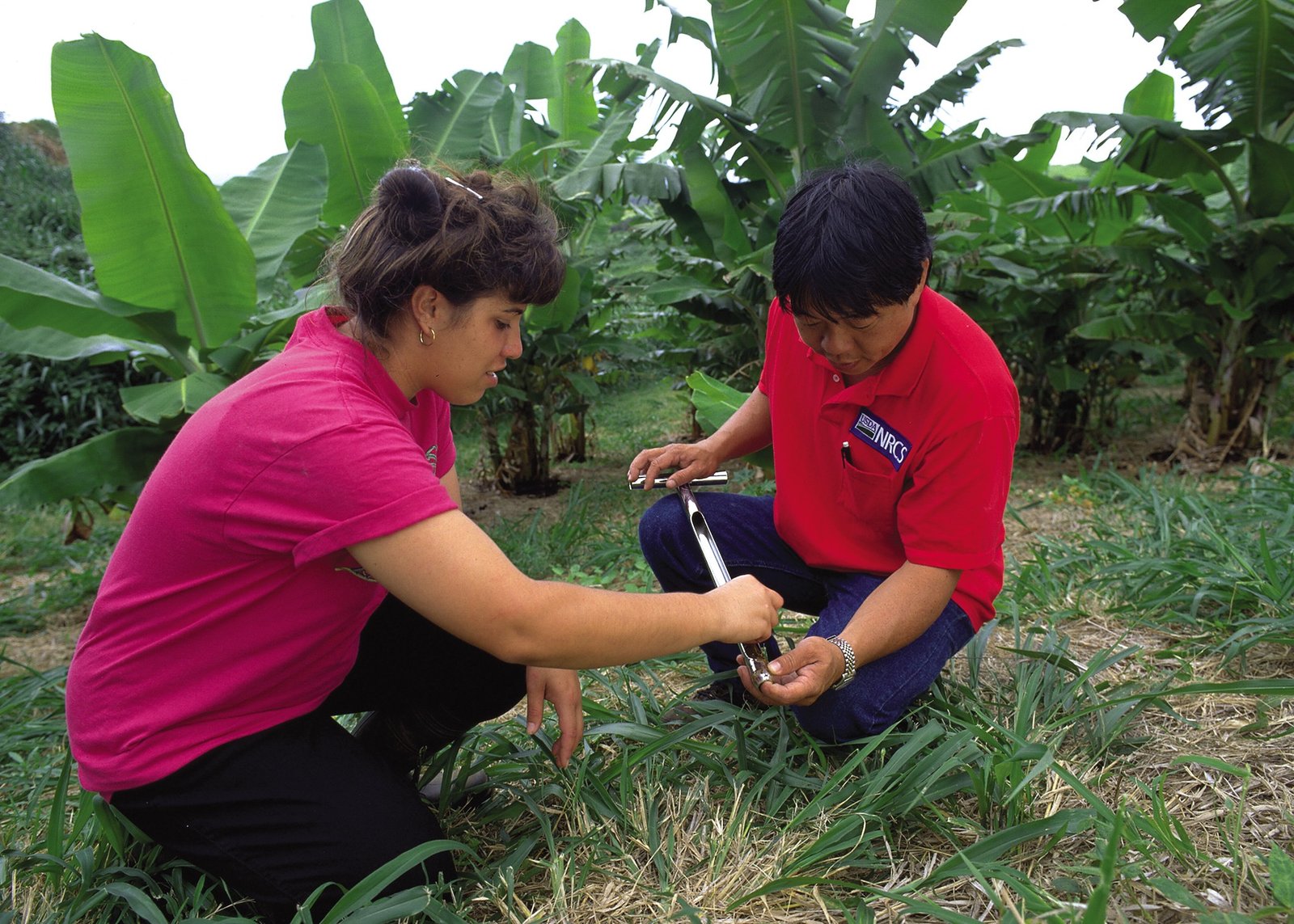
The Panama Disease crisis highlights the critical role of biodiversity in agriculture. Monoculture farming, where a single crop variety is grown extensively, increases vulnerability to pests and diseases. Preserving genetic diversity in banana crops is essential for resilience against evolving threats like TR4. Efforts to conserve wild banana species and traditional varieties are crucial for maintaining a genetic pool that can be tapped into for breeding resistant plants. The importance of biodiversity in agriculture is a lesson in the resilience of nature and the need for sustainable farming practices.
A Global Call to Action
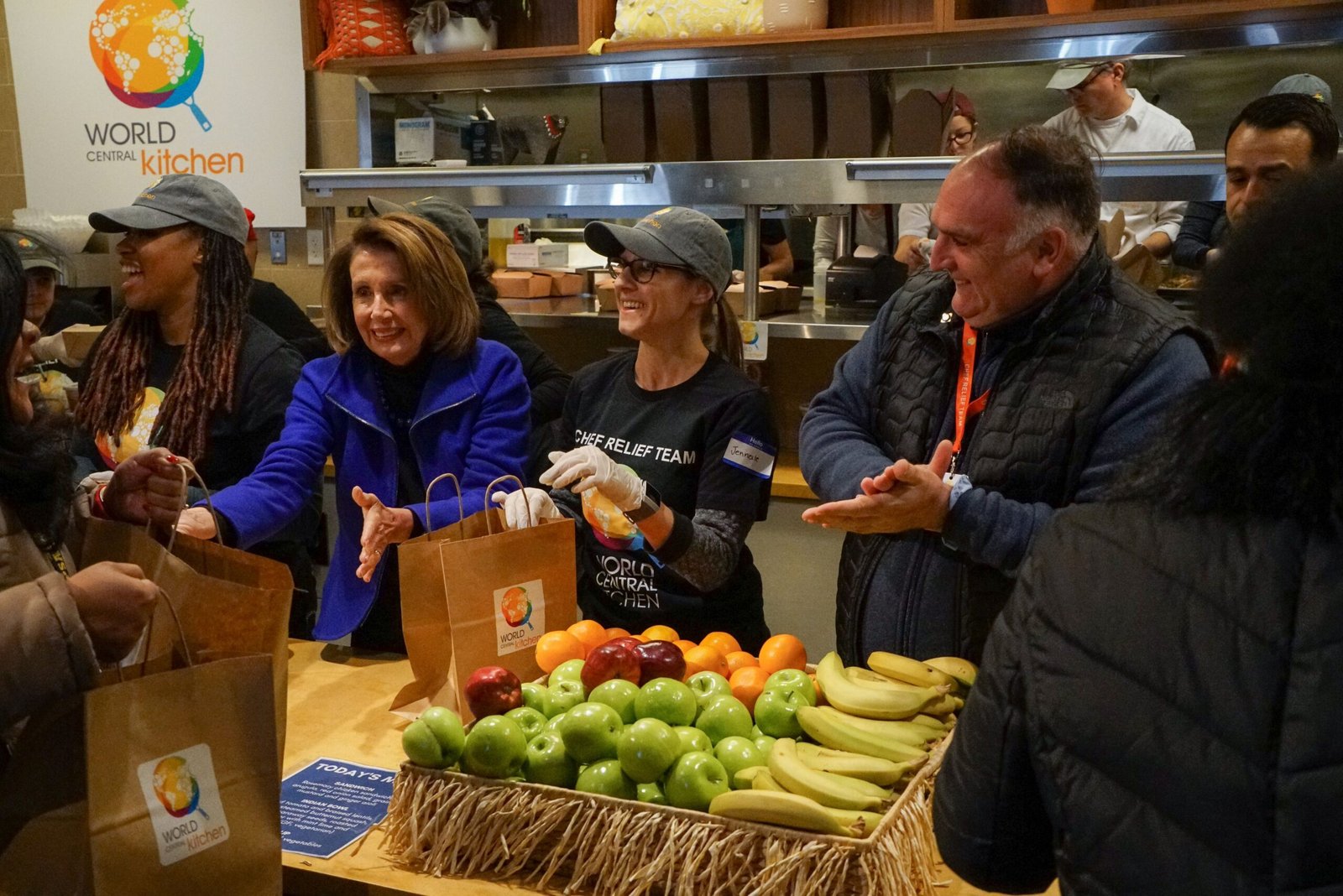
The threat of Panama Disease is a global challenge that requires coordinated action. Governments, researchers, farmers, and consumers all have a role to play in safeguarding the future of bananas. Increased funding for research, stronger biosecurity measures, and public awareness campaigns are essential components of the response strategy. The fight against Panama Disease is not just about saving a fruit; it’s about protecting ecosystems, economies, and livelihoods. The urgency of this crisis calls for a united effort to preserve a staple food that brings joy and sustenance to millions worldwide.

